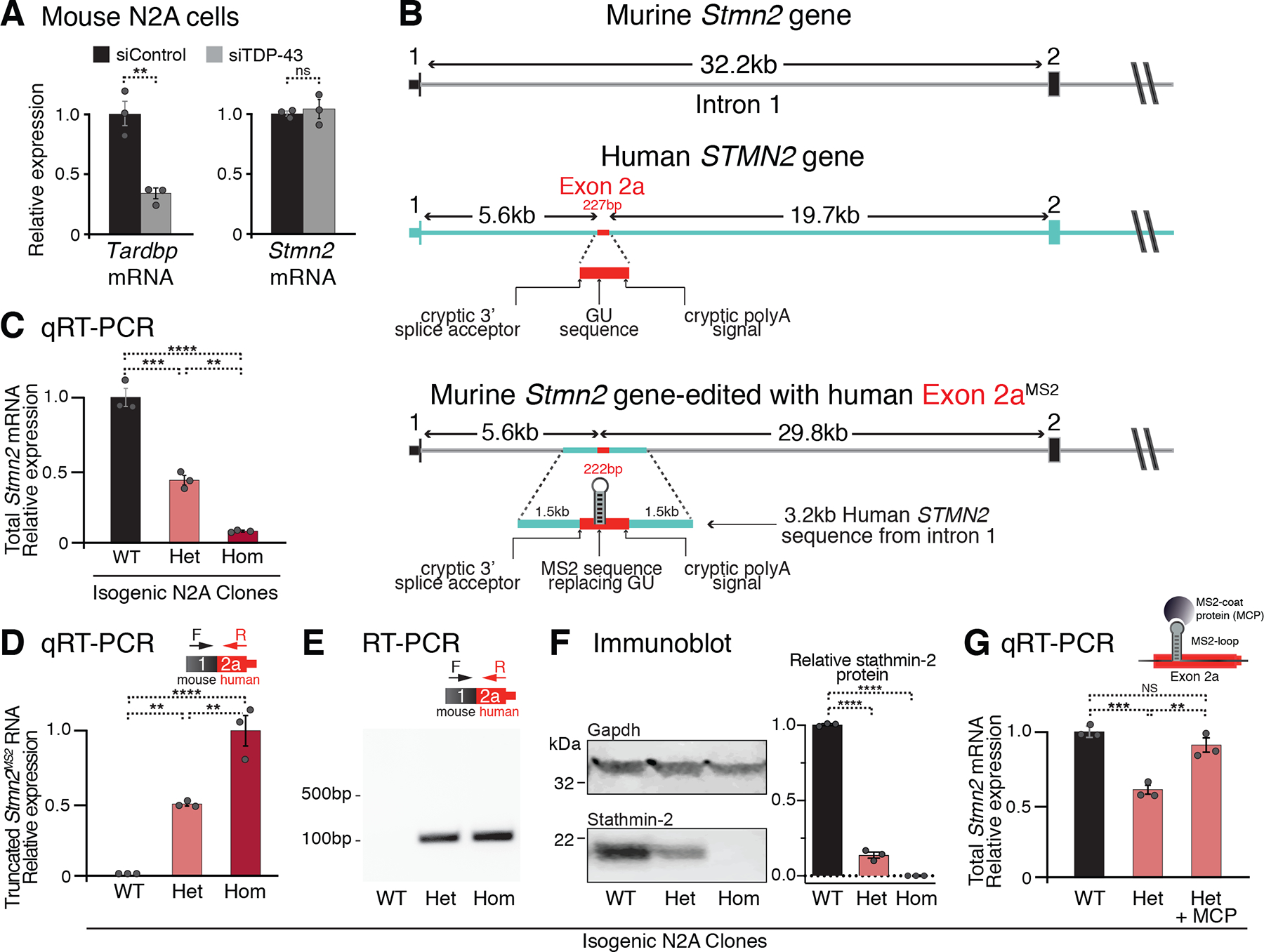Figure 2. Humanization of murine Stmn2 gene in N2A cells demonstrates human-specific inhibition of altered STMN2 pre-mRNA processing via non-conserved TDP-43 binding sites.

(A) qRT-PCR demonstrating that depletion of TDP-43 in wildtype murine N2A cells does not affect Stmn2 expression levels. (B) Schematics of the human and mouse Stmn2 genomic regions before and after genome-editing to insert a 3kb human fragment of STMN2 intron 1 into murine N2A cells. (C) qRT-PCR demonstrating dose-dependent reduction of N2A Stmn2 mRNA level that correlates with the number of alleles carrying human STMN2 gene fragment. (D) qRT-PCR and (E) RT-PCR confirming expression of chimeric Stmn2 truncated RNA with murine exon 1 spliced to human exon 2a, in N2A clones carrying the human STMN2 gene fragment. (F) Immunoblotting confirming reduced expression of full-length stathmin-2 protein levels in N2A clones that carry humanized Stmn2 gene fragment. (G) qRT-PCR showing restoration of normal Stmn2 pre-mRNA processing in N2A cells upon doxycycline induction of MCP expression. For all qPCR analyses, each data point represents an independently treated well of N2A cells. Error bars are SEM. Statistical significance was determined by 2-tailed Student’s T-test (A), or 1-way ANOVA with Dunnett (F) or Tukey (C, D, G) correction. ****, p <0.0001; ***, p < 0.001; **, p < 0.01; *, p <0.05.
